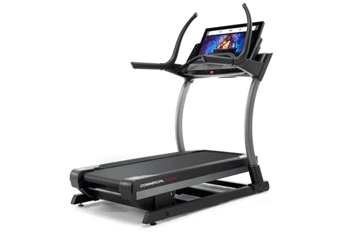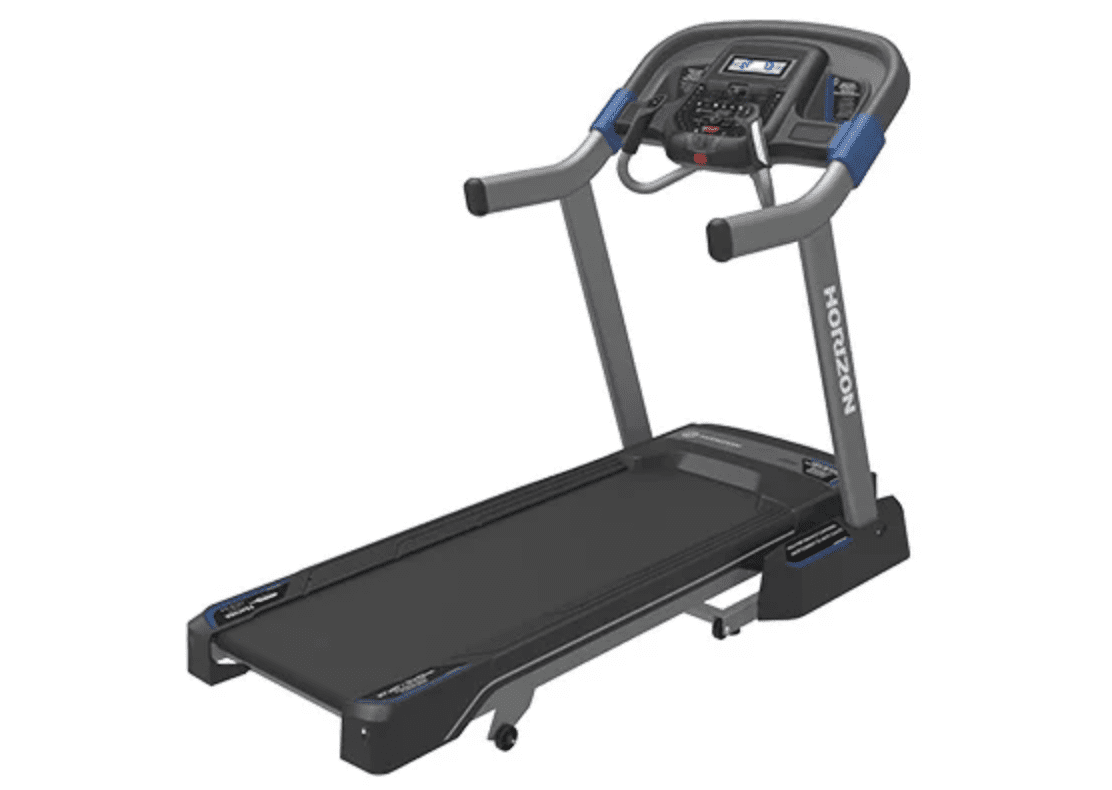Table of Contents
Find Out Which Stretches Do More Harm than Good
It’s Monday morning, and you’re determined to start your week right with a quick morning run. You wake up, lace up your running shoes, take a quick sip of water, and head out the door.
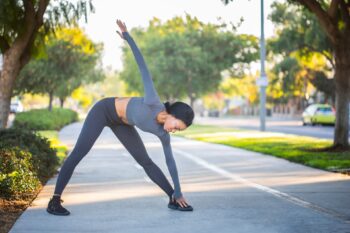 But before you start your run, you should stretch, right?
But before you start your run, you should stretch, right?
Well, not so fast. Although many people believe that stretching before you run is absolutely essential to preventing injuries – that’s not completely true.
Some experts even say that certain types of stretching might even be bad for you. Physical therapist Jason Gromelski says “static stretching before exercise can cause damage to the tissue.” (1) To best take care of your body, he suggests replacing static stretching with dynamic stretching before a run.
Static Stretching vs. Dynamic Stretching – What’s the Difference?
Static stretching is “stretching where you’re holding a single non-moving position from 10 to 20 seconds.” (2) Think of the classic quadriceps stretch where you bend your knee and hold your foot close to your bottom for 30 seconds. Or the classic toe touch with your feet together and your fingertips reaching for your toes for 20 seconds.
These types of stretches can decrease your speed, potentially cause injury, and can negatively affect your strength and power – when you do them with cold muscles before a run. Expert Jason Fitzgerald, USA Track and Field certified run coach says, “never stretch a cold muscle. You should never engage in static stretching before a run. Muscles are not pliable and won’t respond well to lengthening if they’re cold.”
Does that mean that you shouldn’t stretch at all? Well, not quite. According to experts, before a run, you should replace static stretching with dynamic stretching.
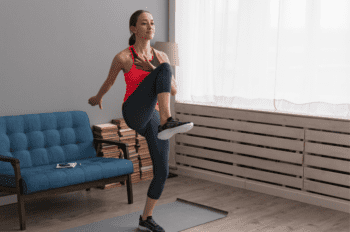
But What About After A Run?
A quick 10-to-15-minute dynamic stretching routine is a great way to get your body ready before a run, but what about after a run? What’s the best type of stretching to cool your body down after a hard workout?
After a workout, your blood is already pumping through your muscles and certain muscles might even feel tight. Now, after a run, is a great time to do static stretches. It’s especially important to get a deep stretch in the areas that feel tight.
This lengthens your muscles and increases your range of motion. So, don’t forget to get in those quad stretches, calf stretches, and glute stretches so that next time you run, your muscles will be limber and prepared.
3 Essential Post-Run Stretches
Very Well Fit suggests adding these three awesome static stretches to your post-run routine. They will help you improve your running performance, flexibility, and comfort. These three great stretches “target particular areas that frequently get tight during and after running.” (3)
Hamstring Stretch – Lie on your back with your legs extended and your lower back pressing into the floor. Bring your left kneed up into a bent position so that your heel is about a foot away from your bottom. Bring your right leg up into the air without bending your knee. Grab your leg around your calf or ankle and gently pull towards your chest. Hold for 30 seconds and repeat on the other side.
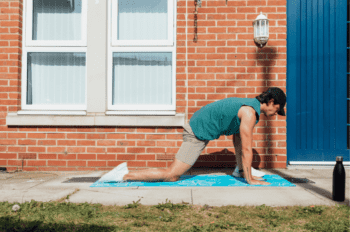
Hip and Back Stretch – Sit on the ground with your legs straight out in front of you. Lift your right leg and cross it over your straight left leg. Pull your right leg to your chest and twist your torso to look over your right shoulder. Hold for 30 seconds and repeat on the other side.
These three stretches target your hamstrings, hip flexor muscles, and lumbar, all muscles that work hard moving your body during a run. Add these great static exercises to your cool down, and you’ll definitely feel the difference.
Stretching is Important for Everyday Life, Not Just Running
Besides doing dynamic stretching before a run and static stretching after a run, incorporating stretching into your daily schedule has a ton of benefits.
David Nolan, a physical therapist at Harvard-affiliated Massachusetts General Hospital, says “a lot of people don’t understand that stretching has to happen on a regular basis. It should be daily” (4).
Daily stretching can increase blood flow to your muscles and to your brain, improve your balance, reduce aches and pains, decrease injuries, and even reduce stress. But it won’t happen overnight. “It takes weeks to months to get flexible, and you’ll have to continue working on it to maintain it” Nolan says.
Another great way you can add stretching to your daily routine is by doing yoga or Pilates. 
Don’t Forget to Stretch!
So, next time you’re getting ready to go on a run, don’t forget to stretch! But make sure it’s dynamic stretching and warming up before a run to get your blood moving and your muscles ready. And then after your run, static stretching to improve your flexibility and relax your tight muscles.
Sources:
1 Should You Stretch Before or After a Run?
2 Expert Advice on Stretching from Men’s Journal

